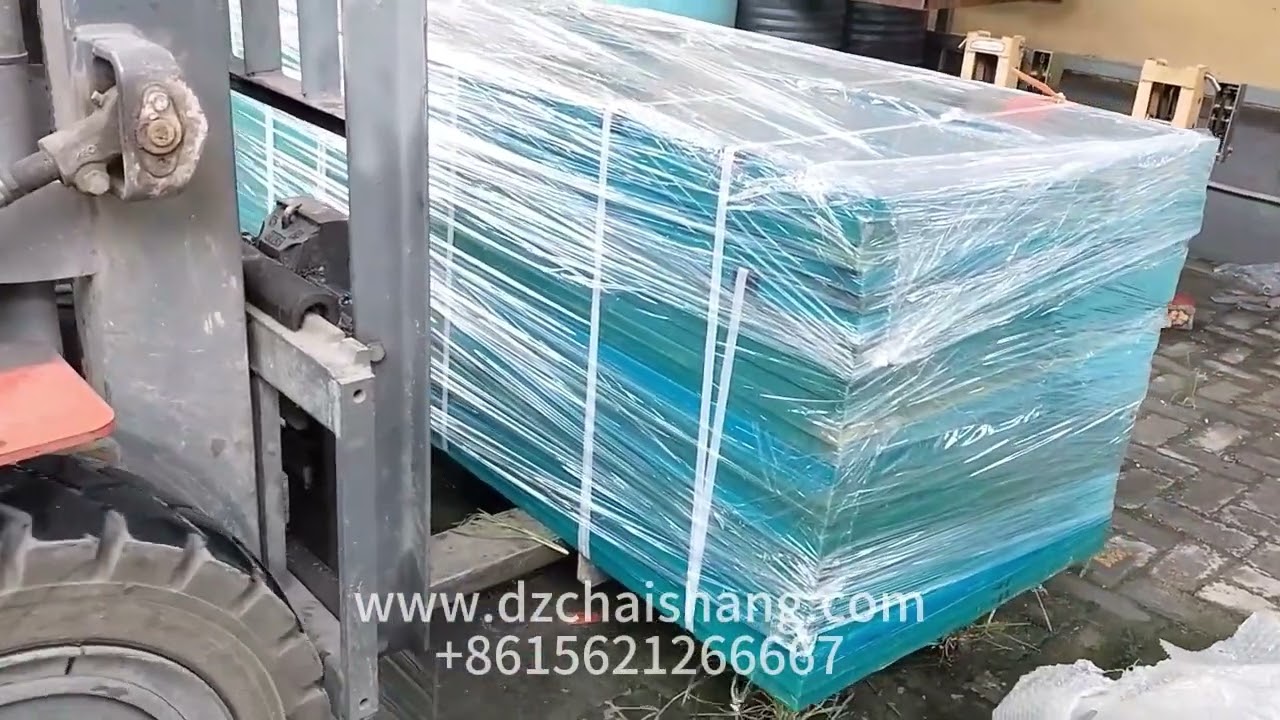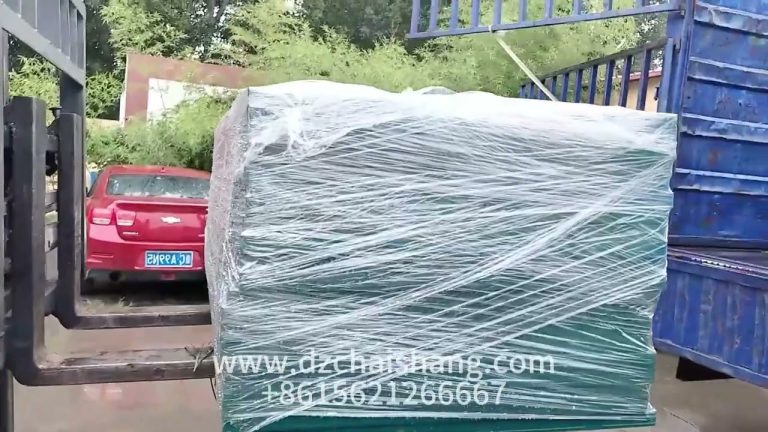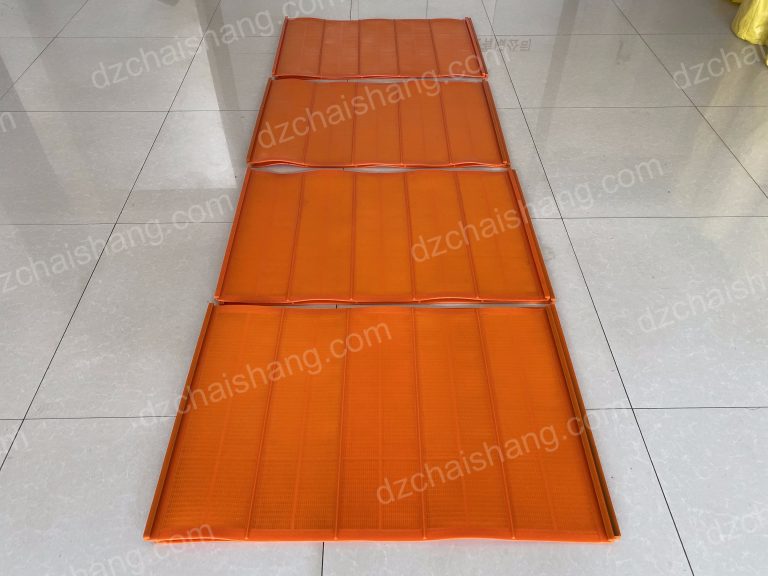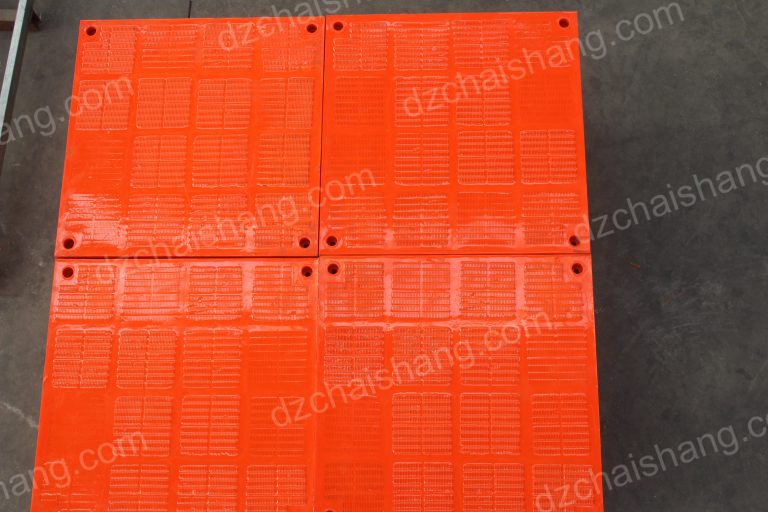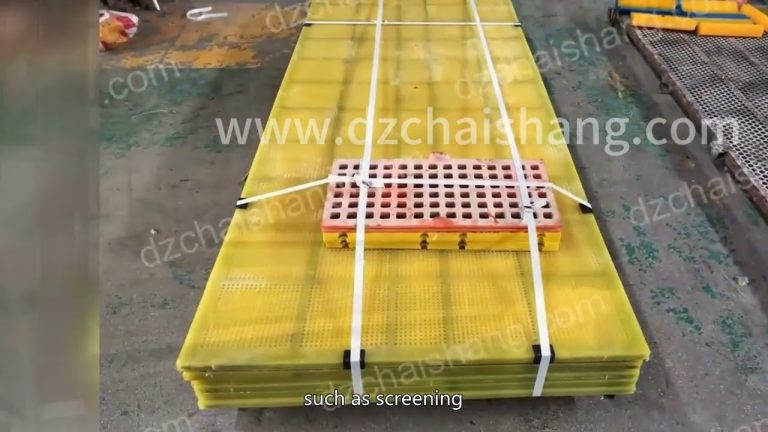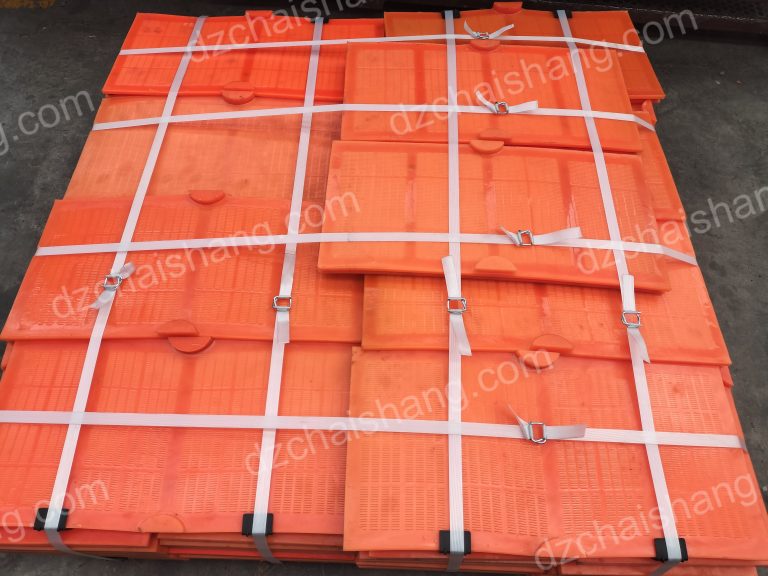Polyurethane screen panel,vibrating screen mesh for mining
Durability and Efficiency: Analyzing the Role of polyurethane screen panels and vibrating screen Meshes in mining Operations Polyurethane screen panels and vibrating…
Durability and Efficiency: Analyzing the Role of polyurethane screen panels and vibrating screen Meshes in mining Operations
Polyurethane screen panels and vibrating screen meshes play a pivotal role in enhancing the durability and efficiency of mining operations. These components are essential in the sorting and processing of materials, directly influencing the productivity and operational cost-effectiveness of mining projects. This article delves into the composition, benefits, and applications of these crucial elements within the mining industry. Polyurethane, known for its exceptional durability and resistance to wear and tear, is a synthetic material widely favored for screen panels in mining applications. Unlike traditional materials such as metal, polyurethane is highly resistant to abrasion, corrosion, and tearing, making it ideal for handling coarse and abrasive ores. Polyurethane screen panels are not only durable but also exhibit superior performance in terms of noise reduction and longevity. This is primarily due to the material\\u2019s elasticity, which absorbs impacts more effectively than rigid surfaces, thereby reducing the noise generated during screening operations. Moreover, the inherent flexibility of polyurethane allows for a design that maximizes surface contact, which enhances the efficiency of the screening process. The ability of these panels to maintain a cleaner surface ensures consistent performance, even under conditions where wet or sticky materials might clog other types of screens. As a result, polyurethane screen panels reduce downtime associated with cleaning and maintenance, thus enhancing overall operational efficiency. On the other hand, vibrating screen meshes, integral to the screening process, are designed to facilitate the separation of various particle sizes in mineral ores. These meshes are subject to constant vibrations, which help to stratify the materials and allow smaller particles to pass through the screen\\u2019s apertures. The effectiveness of a VIBRATING screen mesh is largely determined by its configuration \\u2014 the size, shape, and arrangement of the apertures \\u2014 which can be tailored to specific mining requirements. Vibrating screen meshes are often made from robust materials like stainless steel that can withstand the rigors of mining environments. However, innovations have led to the introduction of hybrid screens that combine the durability of steel with the abrasion-resistant properties of polyurethane. These hybrid screens are particularly effective in applications where both high impact resistance and precision screening are required.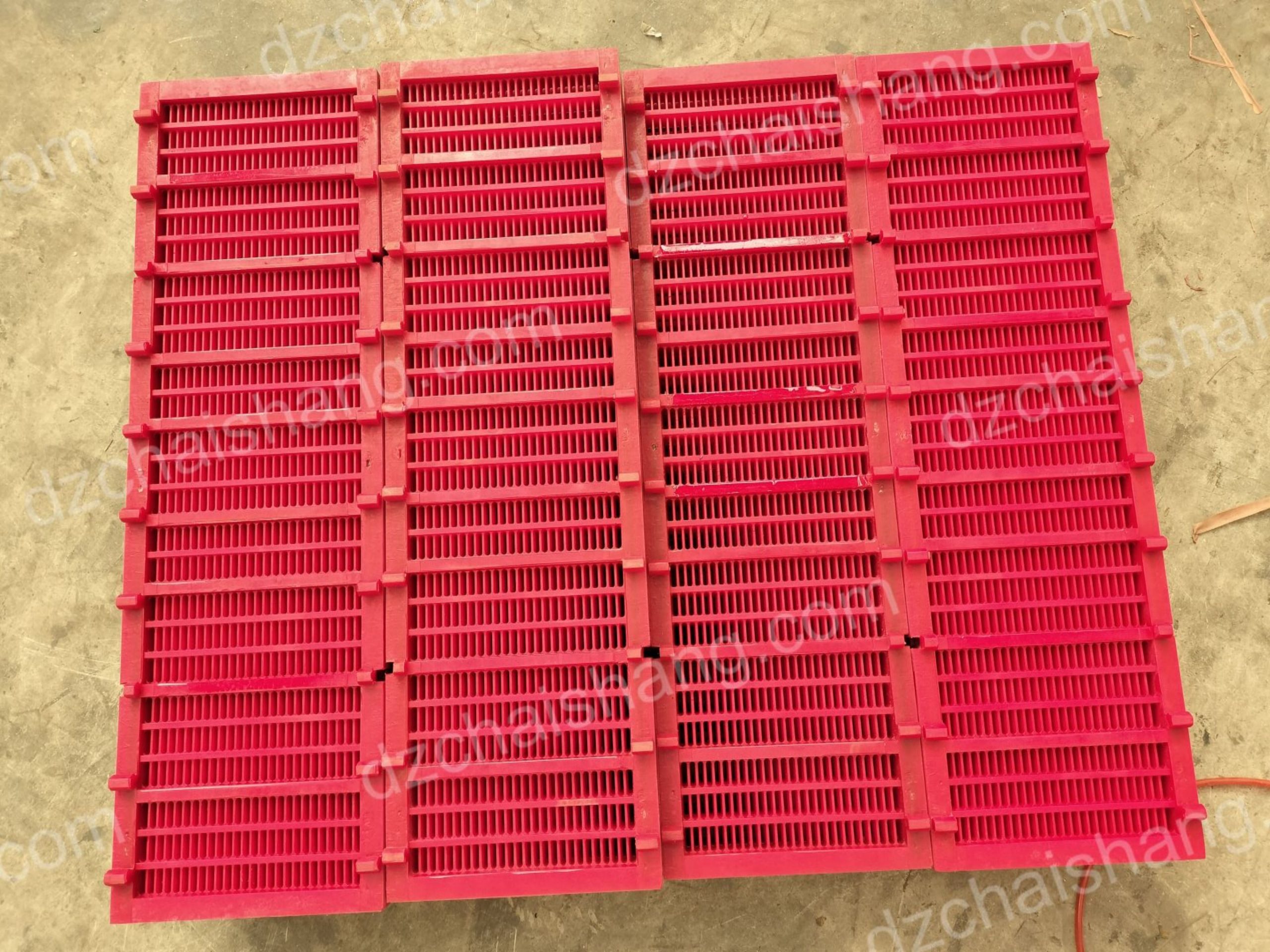 In conclusion, the use of polyurethane screen panels and vibrating screen meshes in mining operations offers substantial benefits in terms of durability, efficiency, and operational cost savings. These materials help ensure that the screening process is not only effective but also cost-efficient, by minimizing maintenance requirements and downtime. As the mining industry continues to evolve, the role of these advanced materials in improving the sustainability and environmental impact of mining operations cannot be overstated. Their ability to withstand the harsh conditions of mining environments while maintaining high performance makes them indispensable in the quest for more efficient and effective mining operations.
In conclusion, the use of polyurethane screen panels and vibrating screen meshes in mining operations offers substantial benefits in terms of durability, efficiency, and operational cost savings. These materials help ensure that the screening process is not only effective but also cost-efficient, by minimizing maintenance requirements and downtime. As the mining industry continues to evolve, the role of these advanced materials in improving the sustainability and environmental impact of mining operations cannot be overstated. Their ability to withstand the harsh conditions of mining environments while maintaining high performance makes them indispensable in the quest for more efficient and effective mining operations.
